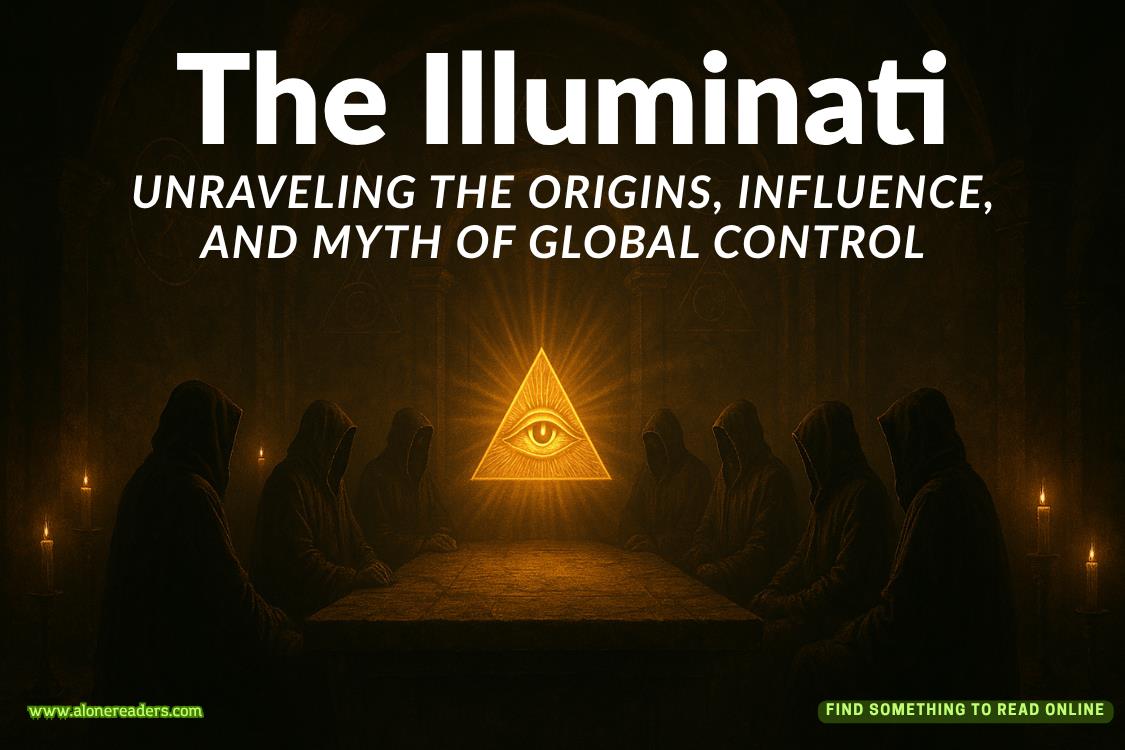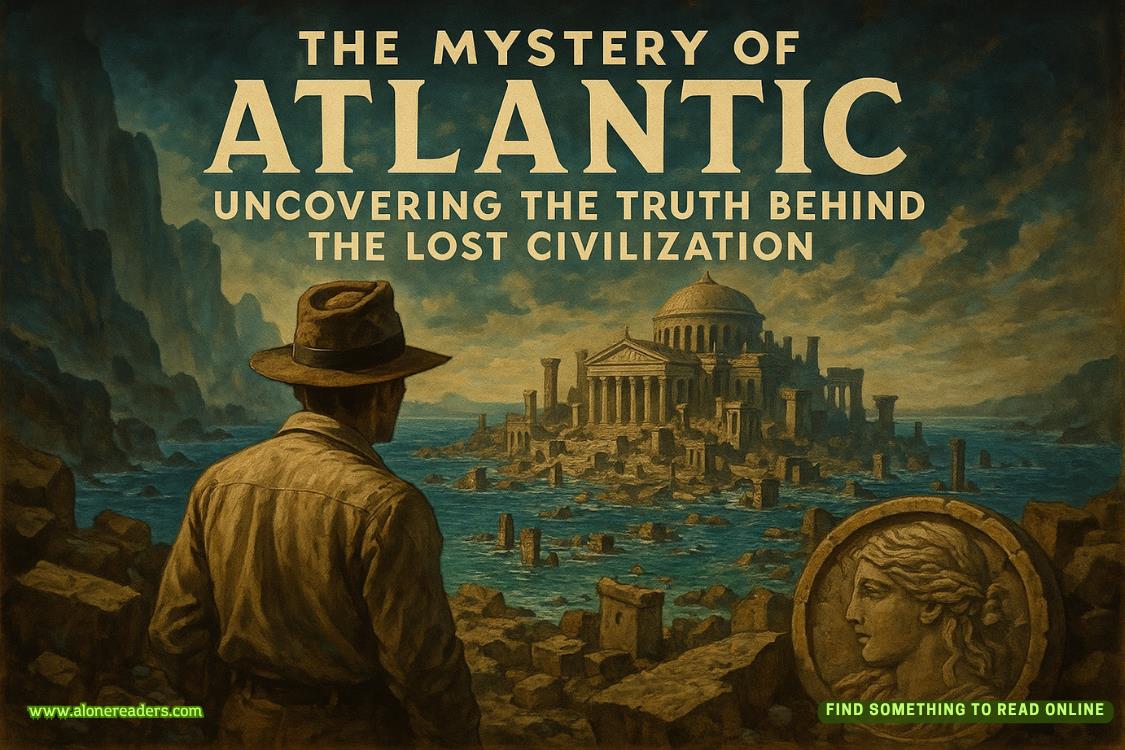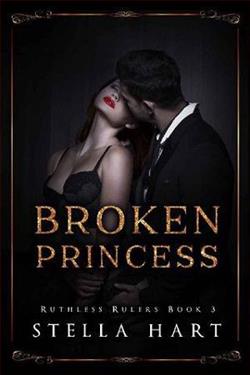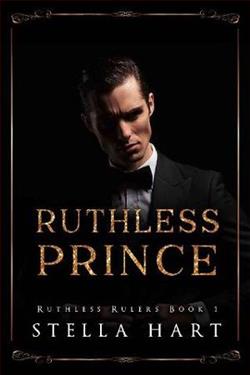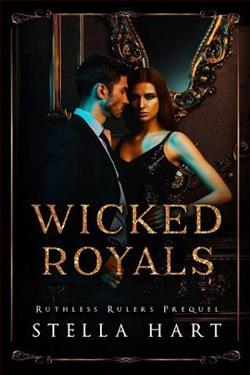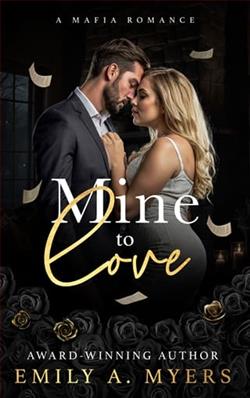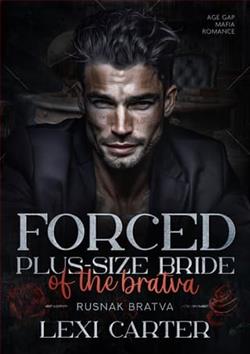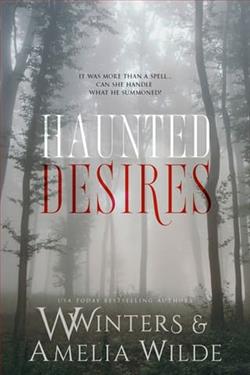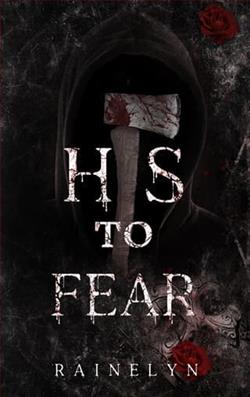Page 87 of Angel of Water & Shadow
My hand shot to my temple; I winced as I tried to hide it from view. “I, uh…” I, uh, what, River? C’mon. “I got hit in the head with my surfboard.” Or a piece of plywood. Or a crystal ball. It was debatable at this point. “I had a wipeout yesterday, and wham.” I pretended to smack myself, sending a whoosh of air breezing by my forehead.
“Geez.” He leaned in, and I swore it visibly throbbed. “That thing is huge.”
This was worse than having a giant pimple between my eyes. I brought my damp hair out from behind my ears, trying to angle the shorter layers so they swept across my temple.
Rolling up his paper and setting it next to him, he asked, “You need ice or something?”
“No.” I needed a subject change. I needed answers. Instead, I settled for stuffing my face with a blueberry pancake as if that was proof that I was totally fine. He returned to his own stack, and we ate in silence—until I asked what probably sounded like the world’s most random question. But if anyone knew random facts, it was humanities professor Corbin Harlow. “Dad, what do you know about watchtowers?”
“Generally speaking?” He wiped his lenses on his navy collared tee. “They’re tiered freestanding structures that oversee a particular area. The Romans built epic ones throughout Europe, some that have survived since the early Middle Ages. In fact, I just did a lecture on them.”
I twisted my fork in the syrup covering the strips of pancake in front of me. “What are they actually used for?”
“To aid those who are lost, to detect threats, to restrain demons.” He winked, returning his glasses to his face, picking up the newspaper again. “Depends on the geography.”
I tried not to let that last example sink its teeth into me. “So, a watchtower doesn’t have to be part of a medieval fortress—it could be something simple? Like…a lighthouse?”
“Sure.” He nodded as he gulped down his coffee, the bitter aroma wafting from the cup. “They’re all essentially built for the same purpose: to protect the people.”
That was good news, because the term watchtower itself sounded all sorts of medieval, and I wouldn’t be dragging myself to Europe any time soon. But it also expanded my search criteria to limitless. “Do you think I could take a look at your lecture notes?”
He peered at me over the weekend headlines. “Seriously? River, it’s Saturday. The waves are pumping, and you want to sit inside and look at my lecture notes? Are you sure you didn’t hit your head too hard?”
“Yeah.” I gulped. “I’m interested in…history?”
“You’re weird, kid.” He sighed and stood, slapping the paper onto the table.
A few minutes later he returned with a manila folder.
“Go wild.” It left his smudged fingertips for my sticky hands. “I’ll be surfing at The Hook when your eyes start to hurt.”
“Thanks, Dad.” I gathered up my hair, twisting and tucking the ends into a knot on the crown of my head. “I’ll do the dishes. Now get out there.”
He ruffled my top bun, buying into my sudden fascination with history without a second thought as he slipped on his sandals and grabbed his Ray-Bans. To be honest, it killed me to miss this window of swell, and I just about grabbed my wetsuit to join him.
But the only thing I was grabbing when he ducked out the side door and that salty draft came in were the papers that had scattered across the checkered tile. Two pages fell to a syrupy death; the rest were crinkled and dispersed.
Between the faded ink and the semi-legible scribble, I attempted to put them in order.
There were some common themes I picked up on: military, nonmilitary, modern. One page in particular stopped me mid-shuffle. I cast the stack of papers aside as I held the grayscale printout, studying the cylindric tower it depicted.
I’d never really thought about the history of the Santa Cruz Lighthouse—even if I’d spent thousands of days resting against its red brick, watching the surf until its lantern burned brighter than the stars. It was a pretty standard landmark. All coastal towns have them.
But according to the article in my hand…there was some local lore to it. A tendril of anticipation formed in my stomach and coiled around my heart.
The area surrounding the Santa Cruz Lighthouse plays an important part in the region’s history. The first mention of it can be traced back twelve thousand years, to the indigenous peoples of this land, who noted massive, geometric markings perfectly cut through the tall grass, similar to a modern-day crop circle. They respected it from a distance, leaving what they referred to as her land in peace. Colonizers arrived in 1769, and although they eyed the unsown ground, they refrained from disturbing it until 1795.
I tucked my knees beneath me, too enthralled to get up. The pitterpatter against my ribs seemed to reverberate through my body, especially in my fingers, the article shaking in my grasp as I read on.
Questions arose amongst the colonists, such as who tended to the luscious patch of soil on the bluffs, and why hadn’t they introduced themselves to the town. They waited for a sighting, but the owner would vanish, some claimed before their eyes, and there were murmurings that it was a woman. They marched at nightfall, armed with torches, and incinerated the grass to the roots. When the fire sputtered out, they saw the intricate designs had been etched deep into the earth.
Spooked by the incident, the townsfolk backed off and the land was once again left alone until 1852, when the newest generation forgot about the tales and construction of a lighthouse began. The build proved to be impossible: when steel hit stone, the tool ricocheted back. Some workers lost limbs, another his life, and for seventeen years, the project was put on pause. Then, in 1869, construction of the lighthouse was finished, seemingly overnight. There are no records of who completed it.
Goosebumps raised along my arms as a shudder worked its way down my spine.
Myths of the watchtower grew more sinister. Stories circulated that the original owner of the land never died; that she was a witch, and she was its one, true Keeper; that she harnessed the winter white caps, and her power drew rip tides; that she worshipped the Eldritch and the fog bell would ring not for ships but to conjure evil. Over time, the whispers have ceased, and its history has become legend. City officials approved an expansion to accompany the structure in 1967. The lighthouse has persevered, its original frescos have faded, its filigree dulled by erosion. But the candle still burns, and the door to the tower remains locked, as if waiting for its Keeper.
I lowered the paper and slid my palm over the text, releasing a breath that’d been trapped.




